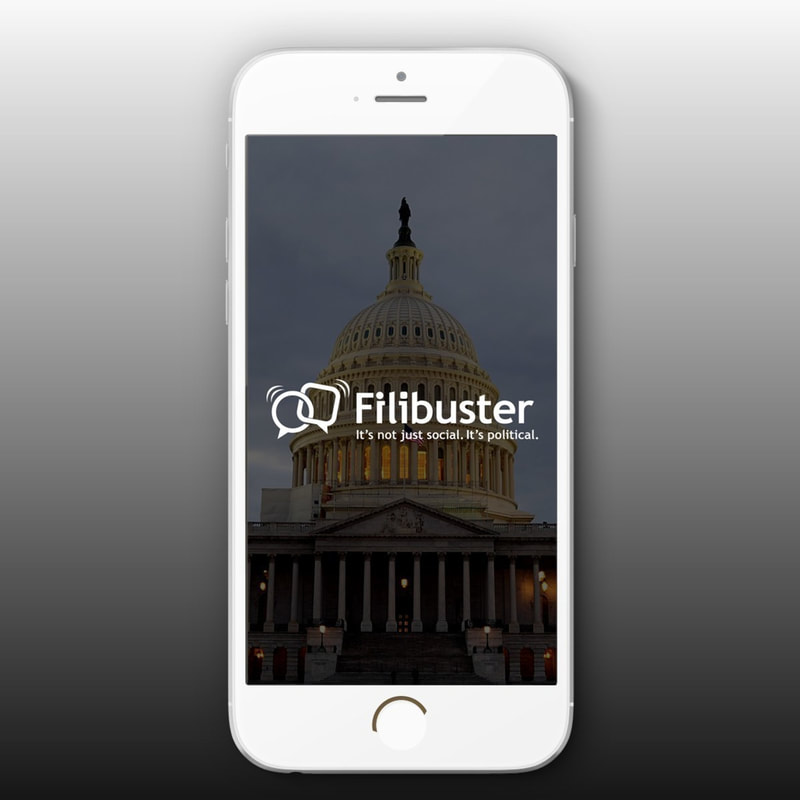The filibuster is a tactic used in the U.S. Senate to block or delay action on a bill or other measure. A filibustering senator may endlessly debate an issue, introduce time-consuming procedural motions, or use any other means to obstruct or prevent action. Senators have done everything from reading Shakespeare to reciting the Constitution to hold the Senate floor.
The Senate can overcome a filibuster if it invokes cloture — a vote by 60 members of the Senate to place a 30-hour time limit on consideration of a bill or other matter.
Cloture, adopted as Rule 22 in 1917, used to require a two-thirds majority vote. However, due to the difficulty of obtaining a two-thirds vote, the Senate changed the rule in 1975 and reduced the number of votes required to three-fifths (or 60).
History of the filibusterThe filibuster was inadvertently created and wasn’t widely practiced until the end of the 19th century.
When the Senate and the House of Representatives convened in 1789, each had a rule known as the previous question motion where only a majority vote was needed to end a debate. The House kept that rule, but the Senate dropped it from its rulebook in 1806 and didn’t replace it with another, thus leaving open the potential for a filibuster.
While the first filibuster occurred in 1837, fewer than two dozen filibusters were enacted in the 19th century. During that time the Senate operated by majority rule, and senators expected that matters would be brought to a vote. By the Carter Administration, that figure was up to 20 filibusters per year.
Throughout Senate history, there have been notable (and long) filibusters including
- 1935: Senator Huey Long of Louisiana spoke nonstop for 15 hours to prevent his political enemies in Louisiana from obtaining lucrative jobs with the National Recovery Administration. He held the floor by reading from plays of Shakespeare and reciting recipes for fried oysters.
- 1939: Senator Jefferson Smith from “Mr. Smith Goes to Washington.” Although fictional, this famous filibuster given by James Stewart goes non-stop for about 24 hours.
- 1957: Senator Strom Thurmond of South Carolina spoke for 24 hours and18 minutes against the Civil Rights Act of 1957. This gives Senator Thurmond the record for the longest uninterrupted filibuster in the history of the U.S. Senate.
- 1986: Senator Alfonse D’Amato of New York held the Senate floor for 23 hours and 30 minutes to oppose a military spending bill. He did so by reading from the phone book.
- 2013: Senator Paul Rand of Kentucky spoke nearly 13 hours questioning the potential use of drones on U.S. soil. Senator Rand’s intention was to delay the Senate confirmation of John O. Brennan as the Director of the Central Intelligence Agency.
Republican and Democratic senators alike have taken turns on whether they approve or disapprove of the filibuster (depending on which party is in power) and have threatened to impose what they have started to call the nuclear option — changing the Senate cloture rule to 51 votes, rather than 60.
In 2005 Republican Senate Majority Leader Bill Frist threatened to use the nuclear option to end Democratic-led filibusters of judicial nominees submitted by President George W. Bush. And in July 2013, Democratic Senate Majority Leader Harry Reid threatened its use to stop Republicans from filibustering President Barack Obama’s executive-branch nominees.
Senators have never successfully made good on their threat to invoke the nuclear option and bring an end to the filibuster, but if they did, it could have huge consequences for the future of the Senate and the ability to keep the majority in check.




 RSS Feed
RSS Feed